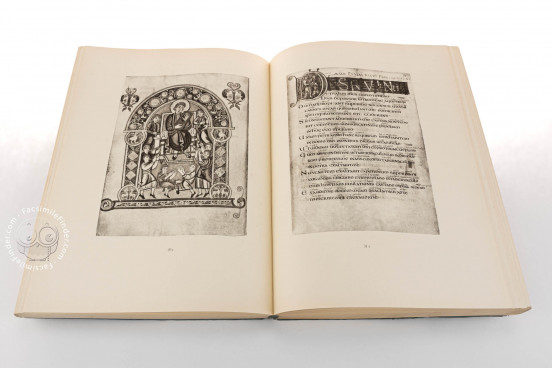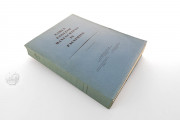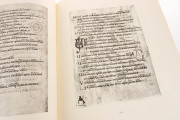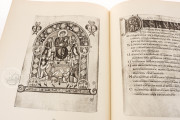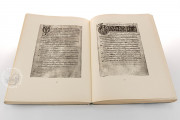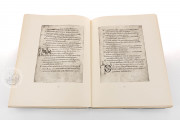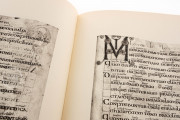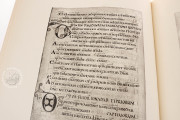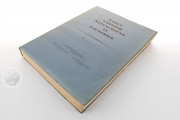The Vespasian Psalter is an extraordinary witness to early English culture. It is an illuminated manuscript of Christian scripture and hymns copied in the second quarter of the eighth century in southeast England. It has been amended over the centuries, including the addition of an interlinear Old English translation of its Latin text, the earliest surviving biblical text in the English language. In its current state, the manuscript boasts one full-page miniature, two historiated initials, and nine headpieces.
In the ninth century, the translation of the Psalms was supplied between the lines of the Latin text. Prefatory material (fols. 2-11) and two leaves of psalms (fols. 109 and 141) were added in the tenth century. More texts, mostly liturgical, were added in the early eleventh century by Eadwig Basan, a monk of Christ Church, Canterbury (fols. 155r-156r).
A Treasure of Insular Illumination
The full-page miniature shows the Israelite king David seated on a throne within a decorated arch. He is reciting his poetry while accompanying himself on a lyre. He is flanked by scribes and accompanied by musicians and dancers. The image serves as an author portrait depicting the king in his role as the author of the psalms (fol. 30v). Now facing the beginning of Psalm 26, it probably originally served as a frontispiece to the psalms.
Nine major initials, each followed by capitals in gold and silver on striped grounds, divide the psalms into sections mostly according to their use in the Christian liturgy. More than 170 additional decorated initials mark other textual divisions, each fancifully unique. A carpet page—a painted page given over entirely to ornament—has been lost (before fol. 142).
Among the First Historiated Initials
The manuscript boasts two of the earliest surviving historiated initials (painted initials containing identifiable scenes or figures). One, showing the covenant of friendship between David and Jonathan, is in the headpiece for Psalm 26 (fol. 31r). The other, at the beginning of Psalm 52, depicts the shepherd David rescuing a lamb from a lion (fol. 53r).
Oldest Known Copy of Roman Psalter
The primary text, called the Roman Psalter, is the first translation into Latin by Saint Jerome of the Greek Septuagint text of the psalms. By the ninth century, it had largely fallen out of use in favor of Jerome's subsequent translation, known as the Gallican Psalter.
The text is written in long lines (a single column) in stately Insular Uncial script. The first letter of each psalm verse is slightly enlarged and set off into the left margin. Headings are in Rustic Capitals. The interlinear English translation, written in English Vernacular Minuscule, is attributed to the Canterbury Royal Bible Master Scribe.
"For Publick Use and Advantage"
The psalter was at Saint Augustine's abbey in Canterbury when it was first described in the early fifteenth century. By 1599, it was in the collection of Robert Cotton (1571-1631), whose grandson, John Cotton (1621-1702), bequeathed the collection to Britain "for Publick Use and Advantage." The Cotton manuscripts formed one of the foundation collections of the British Museum's library. They were transferred to the British Library upon its establishment in 1973.
We have 1 facsimile edition of the manuscript "Vespasian Psalter": Vespasian Psalter facsimile edition, published by Rosenkilde and Bagger, 1967
Request Info / Price
